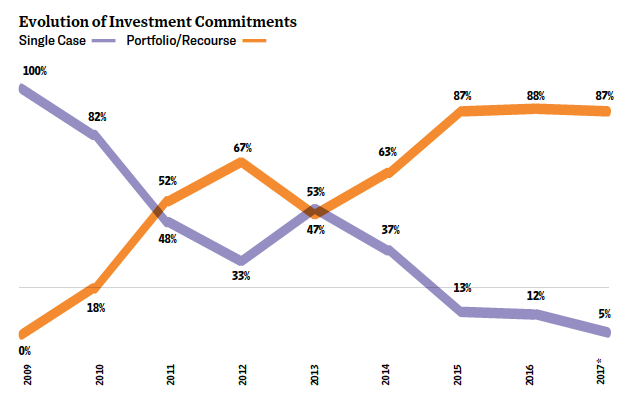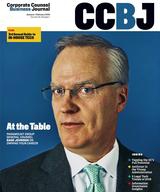Litigation finance is a relatively young industry.
For example, Burford, which trades on the London Stock Exchange, launched less than 10 years ago. According to its recently released annual report, its $3.3 billion market cap and $1.3 billion in new investments last year make it one of the biggest and most active players. While the industry has not yet shucked off the concerns that once plagued litigation funders, it’s feeling quite a bit more mainstream, as much of the Am Law 100 and many leading global companies tap into the various forms of financing Burford and others offer. According to Chris Bogart, the former Latham litigator and GC of Time Warner, who is Burford’s guiding force, that’s because the corporate legal market was crying out for a solution to a very real problem. “The law firm business model worked well for law firms, but corporate clients, beleaguered by ever-increasing spending burdens for regulatory compliance and litigation, have been increasingly rebelling against that model and seeking the kinds of financial alternatives commonplace in other aspects of their businesses,” Burford says in its annual report (www.burfordcapital.com). And the model is evolving. Burford’s portfolio was once laden with single-suit investments. Now, it tilts heavily to portfolios, with four types of cases, plus financing of legal receivables, dominating the action: IP/patents (26.1%), contract disputes (19.9%), legal receivables (14.4%), international arbitration (12.3 %), antitrust/competition (10.1%).

Published January 11, 2019.





